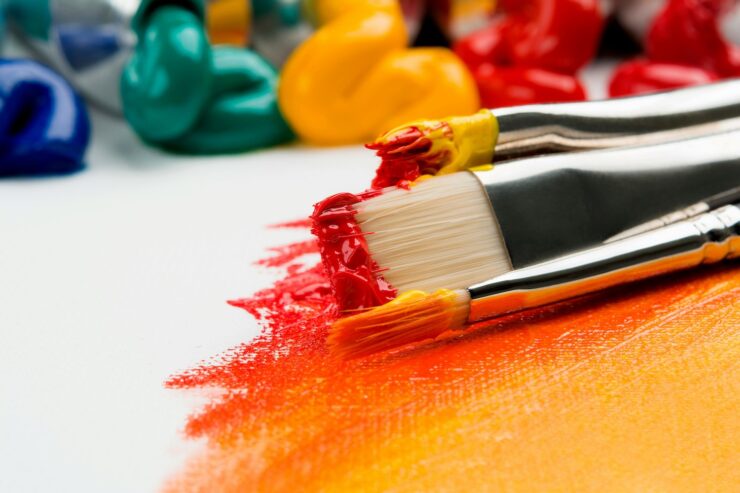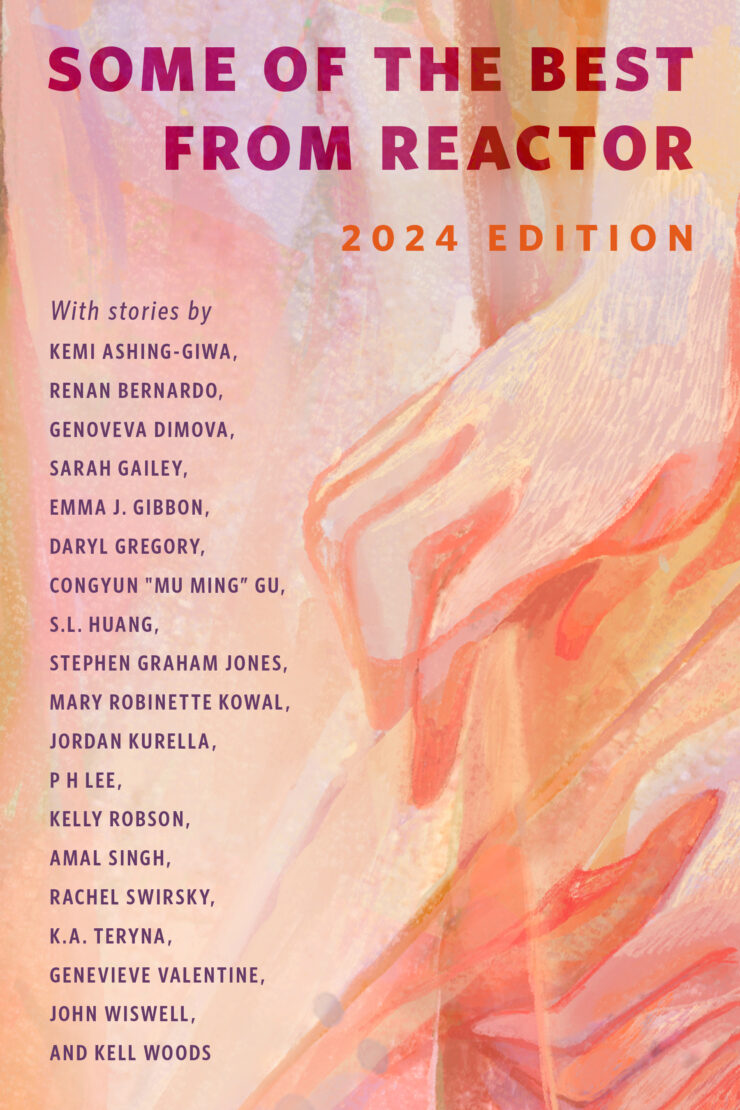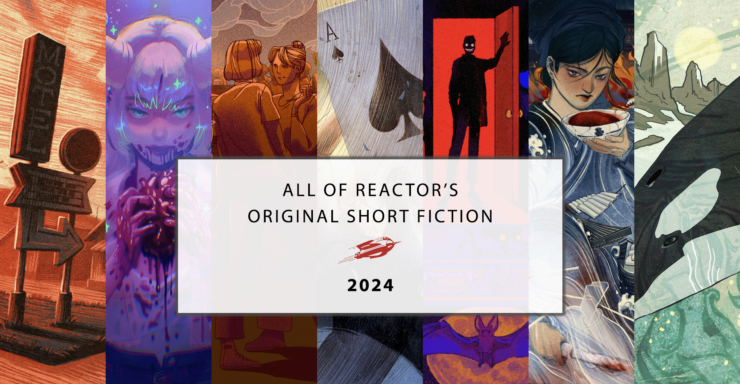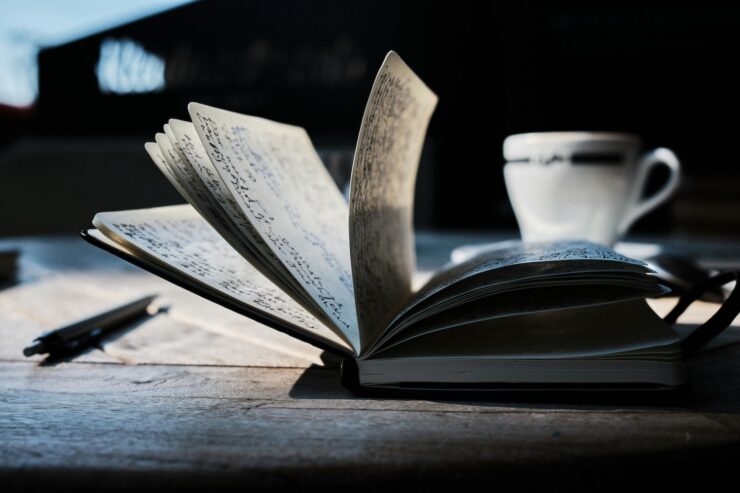The creative struggle is familiar to anyone who’s ever tried to make anything, no matter how small or seemingly ephemeral. Artists, cooks, bakers, writers, painters, musicians, dancers, designers—we must all contend with perfectionism and insecurity, the desire to make what speaks to us and the need to have our work appreciated by others. It’s a constant battle, one that doesn’t necessarily get easier simply with greater skill or experience. Artists share these struggles across time with those in the past as well as the future, and this is what makes stories about the challenges inherent in creating art so enduring and relevant. Here’s a selection of some of my favorite examples…
“A Conspiracy of Cartographers” by Barbara A. Barnett
The composer Guillaume is stuck. His most recent opera was a failure and the reviews were far from kind. But he isn’t entirely hopeless. He has a map he’d bought from the Mist Market, a map that promises to solve his problems. He’s convinced it will show him the way, literally and otherwise, to inspiration, and to that one masterpiece he knows he’s capable of composing. But the map’s answer doesn’t come without a cost, and the nature of creativity isn’t so simple…
“Colors of the Immortal Palette” by Caroline M. Yoachim
Mari longs to be part of the art scene in Paris—not by being in pictures but by painting them herself. But she’s a woman from Japan, which her peers don’t fail to notice. And Mari’s desires aren’t limited to being accepted and equal with her Western, male peers. What she wants is more time than a mortal lifetime holds—time enough to create art that will truly reflect her talents.
Yoachim has written an exquisite novelette that explores the struggles of perfectionism and the longing for recognition. I found in it much food for thought about my own ideas around wanting my work to last and the desire to make it distinct, creating something that has my own unique touch without the work always being centred around my identity.
“Perhaps in Understanding” by AnaMaria Curtis
Another tale of a struggling painter, this short story by Curtis (who has become one of my favorite short story writers) explores the conflict between living the paths society carves out for artists—to either die broke and alone, or bow to the whims of a patron—and choosing one’s own way. What is truly important—freedom, recognition, validation, money, or being understood? Curtis explores all these themes beautifully and hopefully, in less than 5,000 words—with a happy ending as a perfect cherry on top.
“The Guardian’s Head” by Tamara Vardomskaya
Lumarine and her Master Merlinnet have been tasked by the queen to sculpt a giant statue of the Guardian of Nevarim to protect the city against the upcoming floods. The master and the apprentice cannot dally, for this year the waters are rising faster than usual. But completing the statue isn’t merely a matter of speed and skill. You also need the correct intent, because if the sculptors’ creation is faulty, the Guardian won’t be able to repel the flood. Great artists are known for giving each project the time it demands—but how do you focus and work and create when the lives of an entire city’s people are at stake?
“Porgee’s Boar” by Jonathan Carroll
Somehow, the painter Ruth Russell has found herself an admirer in Andrey Porgee. The gangster’s love of her work has brought her many customers from the underworld. None of them pay the asking price, and Ruth knows she’s in too dangerous a position to ask for more. Now Porgee wants her to paint a moment from his childhood, based on a photograph he provides. He must hold the memory precious to have it turned into a work of art, but what if he doesn’t like Ruth’s vision? A deeply human story about what art means to the artist and to the audience, and about the things written and read between the lines—or brushstrokes.
“Great, Golden Wings” by Rachel Swirsky
This is a sweet little story about a cinematographer who’s hoping to find a new patron—now that the older ones have abandoned him—in the king. But it is difficult to find an audience for blurry films of dragons when real magicians can conjure illusions on demand and in greater detail than any camera can. How long can an artist work with hope, with no patrons to support him, and no one who understands what it means to be able to truly capture the flight of a dragon?
“The Passing of the Dragon” by Ken Liu
We meet Kay trudging through snow towards the former house of her favorite poet, hoping the place will help her find a way out of her creative block and her struggle for recognition as an artist, when she sees a dragon. The glimpse only lasts a moment…and despite knowing that dragons are the stuff of fantasy, Kay is convinced that she really saw the beast. Its flight provides her with a new energy and she can’t stop trying to paint it. Kay is convinced that this work is her best, but does the world care? Putting your art out in the world is a terrifying prospect, and dealing with consequences isn’t easy when you are so deeply connected to a piece of art.
This story felt like it stepped inside and changed something in me. I felt both relief and extreme recognition, and—despite the weight of Kay’s struggle—also an irrepressible hope. Some stories shake you so hard that their effects stay with you for days afterwards. This is one of them—a must-read.














